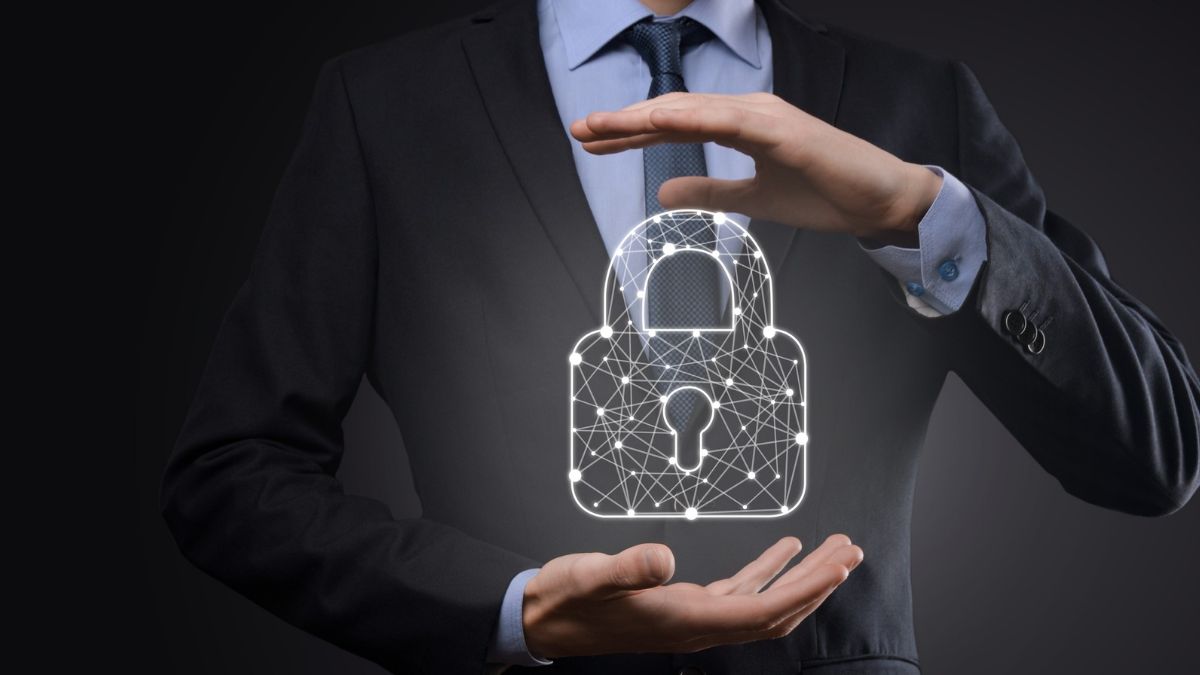
In today’s fast-paced world, ensuring the security of your business is paramount. From safeguarding assets to protecting employees and customers, implementing robust security measures is crucial. Among these measures, alarm systems and surveillance play a pivotal role. Let’s delve into the realm of business security and explore how to manage alarms and surveillance effectively.
Understanding the Importance
Before delving into the nitty-gritty of alarm management systems, let’s grasp why they’re so crucial.
Deterrence: Visible alarms and surveillance cameras act as a deterrent to potential intruders and wrongdoers. The mere presence of these systems can significantly reduce the likelihood of criminal activities.
Response Time: In the unfortunate event of an incident, a well-functioning alarm system can prompt a swift response from authorities or security personnel, minimizing the impact of the situation.
Evidence: Surveillance footage serves as valuable evidence in the event of theft, vandalism, or other security breaches. It can aid in identifying perpetrators and facilitating legal proceedings.
Choosing the Right Alarm Management System
Selecting the appropriate alarm management system is crucial for effective security. Here’s what to consider:
- Scalability: Ensure the system can accommodate the size and needs of your business, whether you’re a small retail store or a large corporate office.
- Integration: Look for systems that seamlessly integrate with other security components, such as surveillance cameras, access control systems, and monitoring services.
- Reliability: Opt for reputable brands known for their reliability and durability. The last thing you want is a system that malfunctions or produces false alarms.
- Customization: Seek a system that allows for customization based on your specific requirements. Not all businesses have the same security needs, so flexibility is key.
Implementing Best Practices
Once you’ve chosen an alarm management system, it’s essential to implement best practices for optimal effectiveness.
- Strategic Placement: Install alarms in strategic locations throughout your premises, focusing on entry points, sensitive areas, and high-value assets.
- Regular Maintenance: Schedule routine inspections and maintenance to ensure your alarm system is in top condition. Address any issues promptly to prevent malfunctions.
- Employee Training: Educate your employees on how to use the alarm system effectively. Ensure they understand the protocols for arming and disarming, as well as how to respond in the event of an alarm activation.
- Testing Procedures: Conduct regular tests to verify the functionality of your alarm system. This includes testing sensors, sirens, communication channels, and monitoring services.
Leveraging Surveillance Technology
In addition to alarms, surveillance cameras play a pivotal role in business security. Here’s how to leverage this technology effectively:
Comprehensive Coverage: Strategically position cameras to provide comprehensive coverage of your premises, minimizing blind spots and vulnerable areas.
High-Quality Footage: Invest in high-resolution cameras capable of capturing clear and detailed footage, even in low-light conditions.
Remote Monitoring: Take advantage of remote monitoring capabilities, allowing you to access live feeds and recorded footage from anywhere with an internet connection.
Motion Detection: Enable motion detection features to trigger recording and alerts when unusual activity is detected, enhancing proactive security measures.
Ensuring Data Privacy and Compliance
With the proliferation of surveillance technology comes the importance of data privacy and compliance with regulations such as GDPR (General Data Protection Regulation) and HIPAA (Health Insurance Portability and Accountability Act). Here’s how to navigate these aspects:
Data Encryption: Implement encryption protocols to secure surveillance footage and prevent unauthorized access or tampering.
Access Control: Restrict access to surveillance footage to authorized personnel only. Implement robust access control measures to prevent data breaches.
Retention Policies: Establish clear retention policies outlining how long surveillance footage will be stored and when it will be deleted, ensuring compliance with data protection regulations.
Responding to Alarm Activations
Despite the best preventive measures, alarm activations can still occur. How you respond to these incidents is crucial in mitigating potential threats and minimizing damage. Here’s a step-by-step guide:
- Immediate Assessment: Upon receiving an alarm activation notification, assess the situation promptly. Determine whether it’s a false alarm or a genuine threat.
- Communication: Maintain clear communication channels with relevant stakeholders, including security personnel, employees, and law enforcement agencies if necessary.
- Verification: If possible, verify the alarm activation visually through surveillance footage or on-site inspection before taking further action.
- Protocol Adherence: Follow established protocols for responding to different types of alarms, whether it’s a burglary, fire, or medical emergency.
- Documentation: Document all alarm activations, including the time, date, nature of the incident, and actions taken. This information can be valuable for future analysis and improving security protocols.
- Post-Incident Review: Conduct a post-incident review to identify any weaknesses in your security system or procedures. Use this feedback to refine your security measures and enhance preparedness for future incidents.
By adhering to these steps and maintaining a proactive approach to alarm activations, you can effectively manage security incidents and safeguard your business’s assets, employees, and reputation. Remember, swift and decisive action can make all the difference in mitigating potential risks and ensuring the safety of your business premises.
Conclusion
In conclusion, effective business security requires a multi-faceted approach, with alarm management systems and surveillance playing integral roles. By choosing the right systems, implementing best practices, leveraging technology effectively, and ensuring compliance with data privacy regulations, you can safeguard your business against threats and mitigate risks effectively. Remember, investing in security is an investment in the future of your business. Stay vigilant, stay secure.




